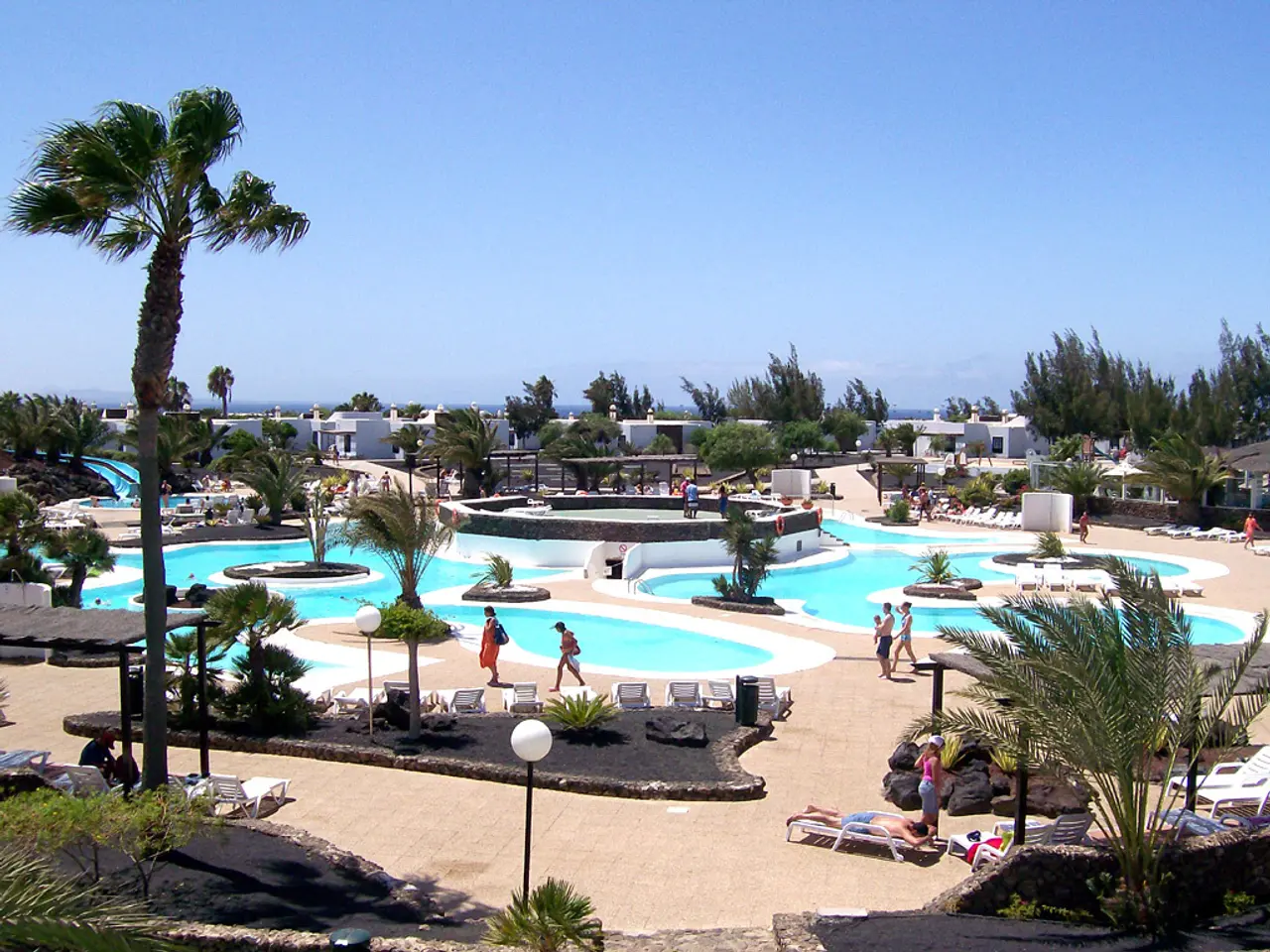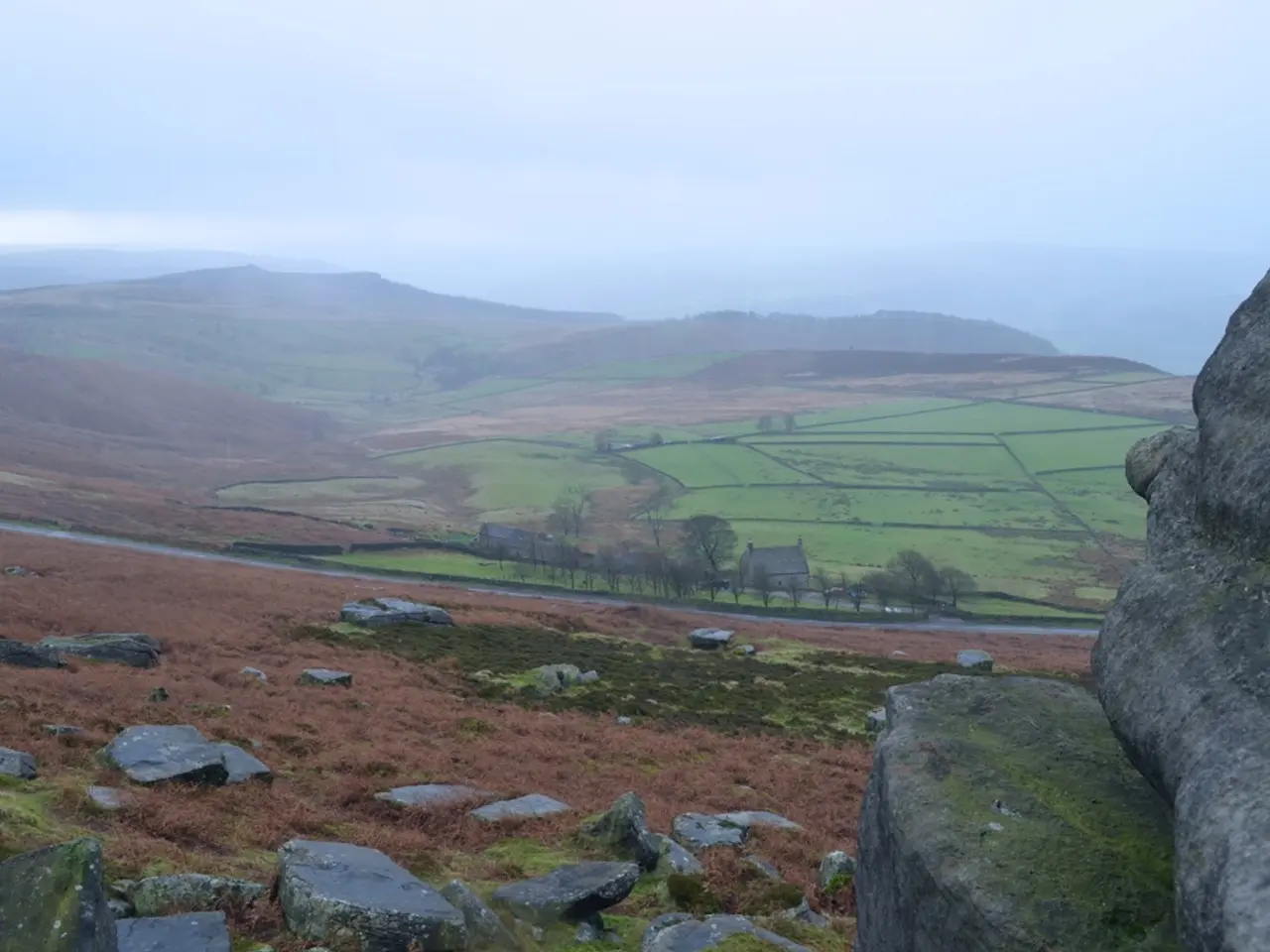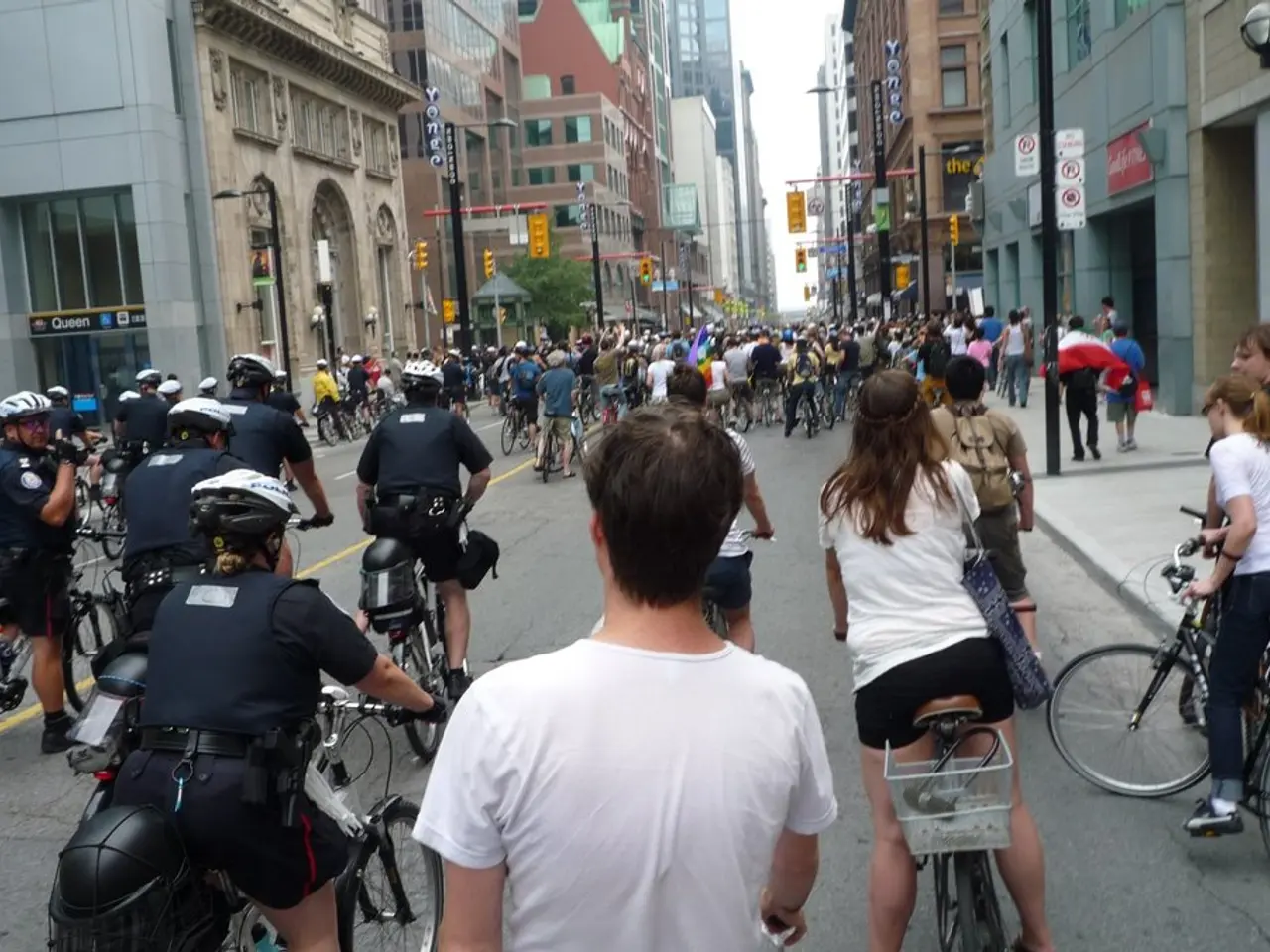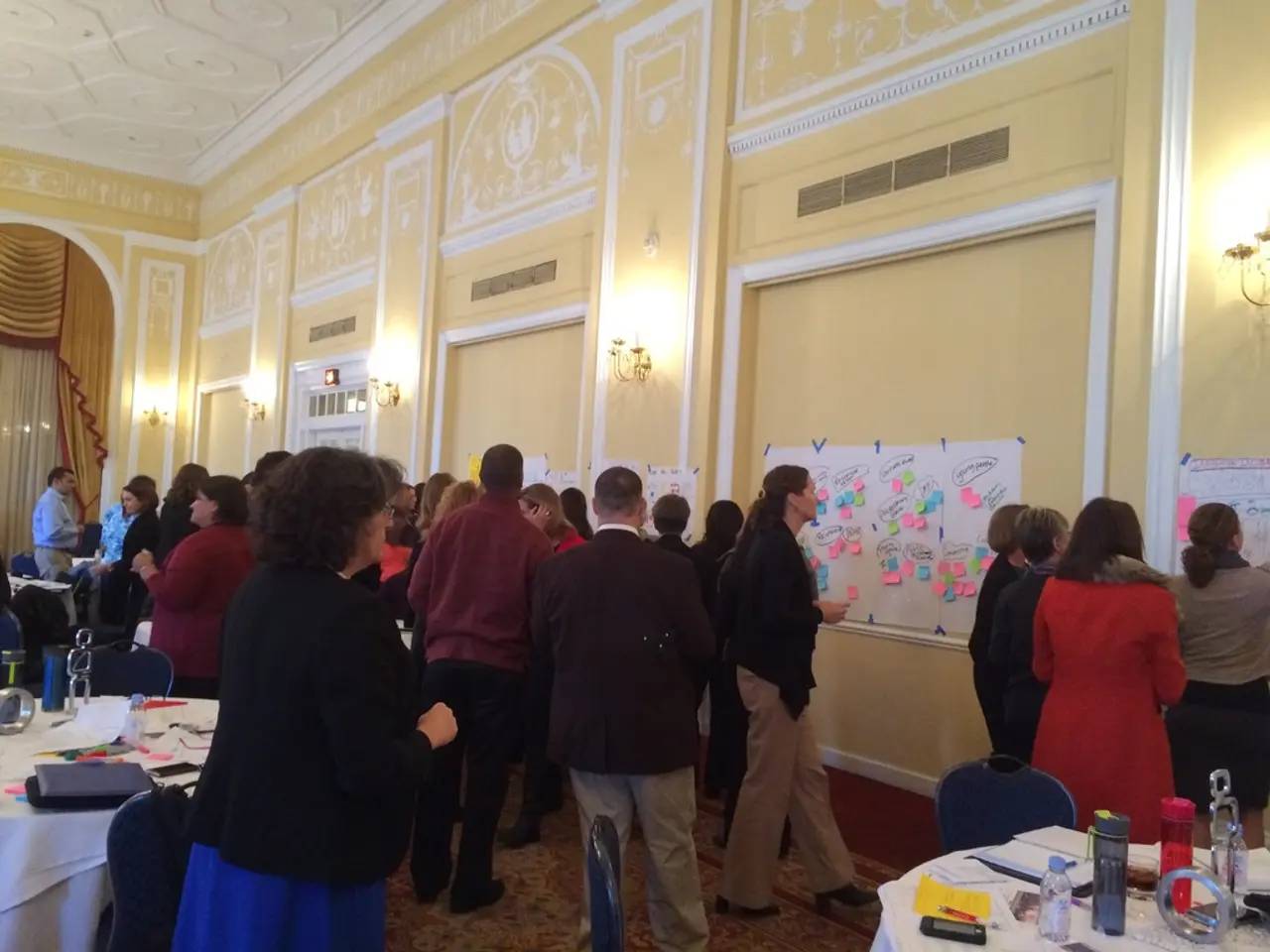German Shores: Baltic Seafront
The historic coastal region of East Germany, encompassing the northern stretches of Mecklenburg-Vorpommern and the former Prussian and Hanseatic territories along the Baltic Sea, boasts a rich history marked by urbanisation, trade, and shifting political borders. Today, this region has transformed into a significant tourist destination, offering a unique blend of historical charm and modern attractions.
## Historical Development
The region's transformation began during the medieval period with the Ostsiedlung (eastward settlement), when German settlers established planned towns under German law. These 'New Towns' were characterised by permanent markets, extensive administrative rights for citizens, and an 'urbanization of East Central Europe'[1]. The Hanseatic League, a powerful confederation of merchant cities, further dominated Baltic trade from the 13th to the 17th century. Cities like Rostock, Stralsund, and Lübeck grew wealthy and influential, with Rostock joining the League in 1253 and eventually becoming the largest city in the Duchy of Mecklenburg[4].
Political shifts were common, with the area passing through the hands of Prussia, Denmark, Sweden, and the German Empire[2][3]. Despite these changes, the Baltic coast remained a focal point of northern European commerce and settlement[2][3]. The region's architecture, including impressive Brick Gothic churches and town halls, stands as a testament to this era[4].
## Tourism
Tourism in the region is centred on its well-preserved medieval towns, UNESCO World Heritage Sites such as Stralsund and Wismar, and unique Brick Gothic architecture[4]. Coastal tourism includes beach resorts along the Baltic, notably on the islands of Rügen and Usedom, which attract visitors for their natural beauty, spa culture, and cycling routes.
Since German reunification, the region has seen significant investment in tourism infrastructure, transforming former East German coastal towns into popular vacation destinations for both domestic and international travelers.
## Ecological Impact
The Baltic Sea coast is home to sensitive ecosystems, including dunes, lagoons, and coastal forests. These areas support diverse wildlife but are vulnerable to human activity. Increased tourism has led to pressure on natural habitats, particularly through construction of hotels, resorts, and transport infrastructure. Summer crowds and recreational activities can disturb wildlife and erode fragile coastal landscapes.
To mitigate ecological impacts, protected areas such as the Western Pomerania Lagoon Area National Park and various nature reserves have been established. Sustainable tourism initiatives and environmental education are increasingly emphasized to preserve the region’s unique ecological and cultural heritage.
In conclusion, the historic coastal region of East Germany has evolved from a centre of medieval trade and urbanisation to a modern tourism hub, while facing ongoing challenges and opportunities related to ecological conservation and sustainable development[1][4][2]. The marshy coast, previously part of communist East Germany, was difficult for Westerners to access before Reunification. Along the part of the coast that formerly belonged to West Germany, some places are packed with domestic tourists during the summer. Unification led to a new rush to build up as-yet-undeveloped properties in the region around Stralsund. Planning strategies to preserve ecological sites have been adopted in the region. The region around Stralsund offers a mix of rural landscapes, coastal vistas, and small-scale beachfront development. Historic cities like Wismar and Straslund in the region are well-preserved and very attractive. The tourism industry in the region is becoming more sustainable. Speaking with locals is a good way to learn more about the region and its unique traditions, which Germans take great pride in.
- The historical development of the region includes an Eastward settlement that led to the establishment of 'New Towns', a significant move in the urbanization of East Central Europe, with a focus on science, environmental-science, and lifestyle, as these planned towns were characterized by permanent markets, extensive administrative rights, and influences from the Hanseatic League.
- Today, the region is not only a testament to its rich history but also a thriving destination for travel and expedition, offering a fusion of historical charm, modern attractions, and ecotourism opportunities along the Baltic Sea.
- As the region evolves into a sustainable travel destination, sustainable tourism initiatives and environmental education are crucial to preserving its unique ecological and cultural heritage, ensuring that our lifestyles and expedition choices contribute positively to its environmental science and the wellbeing of its wildlife and ecosystems.




